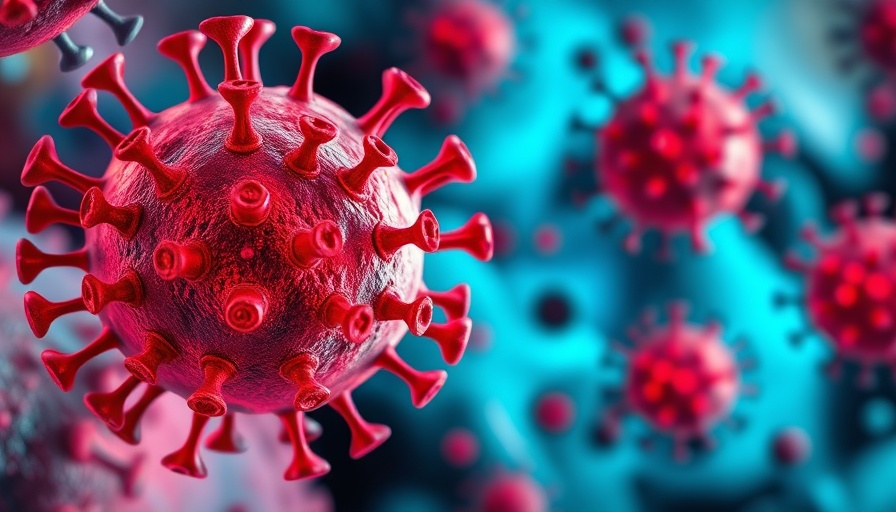
Unlocking the Power of Stem-like T Cells
Recent research from the University of Melbourne sheds light on a groundbreaking discovery in the field of immunology—stem-like T cells. These specialized immune cells could potentially revolutionize how we approach chronic illnesses such as cancer and long-term infections. Unlike traditional T cells that often succumb to exhaustion, stem-like T cells are equipped with a unique capacity for self-renewal, largely due to a protein called ID3. Understanding ID3’s role in these cells opens up exciting new areas for targeted cancer therapies.
The Challenge of Immune Exhaustion
Immune exhaustion is a significant hurdle in effectively treating chronic diseases. Traditional T cells can become less capable of fighting infections after prolonged exposure to antigens, leading to diminished immune responses. The research highlights the potential of ID3+ T cells to resist this burnout, thereby maintaining a more robust response against chronic infections and cancers. This discovery underscores an essential shift in how we might understand T cell behavior in the context of immunity.
Scientific Insights into ID3+ T Cells
Published in Science Immunology, the study emphasizes how ID3+ T cells can outlast their counterparts due to their unique ability to fend off exhaustion. As Dr. Catarina Gago da Graça explained, increasing the population of these cells could directly enhance immune function and provide longer-lasting protection for patients. This knowledge is invaluable for drug developers and healthcare professionals aiming to create interventions that sustain patient health over time.
Revolutionizing Cancer Treatments: Opportunities with CAR T Therapy
In the realm of cancer therapy, specifically CAR T cell therapy, the discovery of ID3+ T cells could transform treatment methodologies. Current CAR T therapies have shown promise but often face limitations as T cells become exhausted. Enhancing ID3 activity can optimize the efficacy of these therapies, promising longer-lasting outcomes for cancer patients.
Future Predictions: A Shift in Immunotherapy Strategy
As the scientific community delves deeper into the functionality of ID3+ T cells, we can anticipate a significant shift in immunotherapy strategies. The ability to manipulate the inflammatory cues that promote the formation of these stem-like T cells could lead to entirely new classes of immunotherapeutics. With improved treatments on the horizon, patients fighting cancer or chronic diseases may soon experience greater longevity and enhanced quality of life.
Understanding Disease Longevity and Patient Outcomes
The broader implications of these findings extend beyond individual treatments. As researchers continue to map the behavior of ID3+ T cells against diseases like HIV, hepatitis B, and hepatitis C, the potential for long-lasting health improvements looks promising. The path to reinvigorating the immune response could lead to more resilient communities and improved public health initiatives.
A Call to Explore New Horizons in Health Tech
For business professionals and innovators in health tech, the insights derived from this research represent an opportunity for collaboration among pharmaceutical companies, healthcare providers, and research institutions. Exploring the intersection of immune system enhancement and technological innovation may yield products that fundamentally change patient care.
Conclusion: Fostering a Healthier Future
The recent breakthroughs in the function of stem-like T cells introduce a new avenue of hope in medical science. Understanding and harnessing the power of these cells will be crucial to creating lasting interventions in treating chronic diseases. As we uncover these insights, the synergy between technology and wellness continues to grow, promising a brighter future for healthcare.
 Add Row
Add Row  Add
Add 




 Add Row
Add Row  Add
Add 

Write A Comment